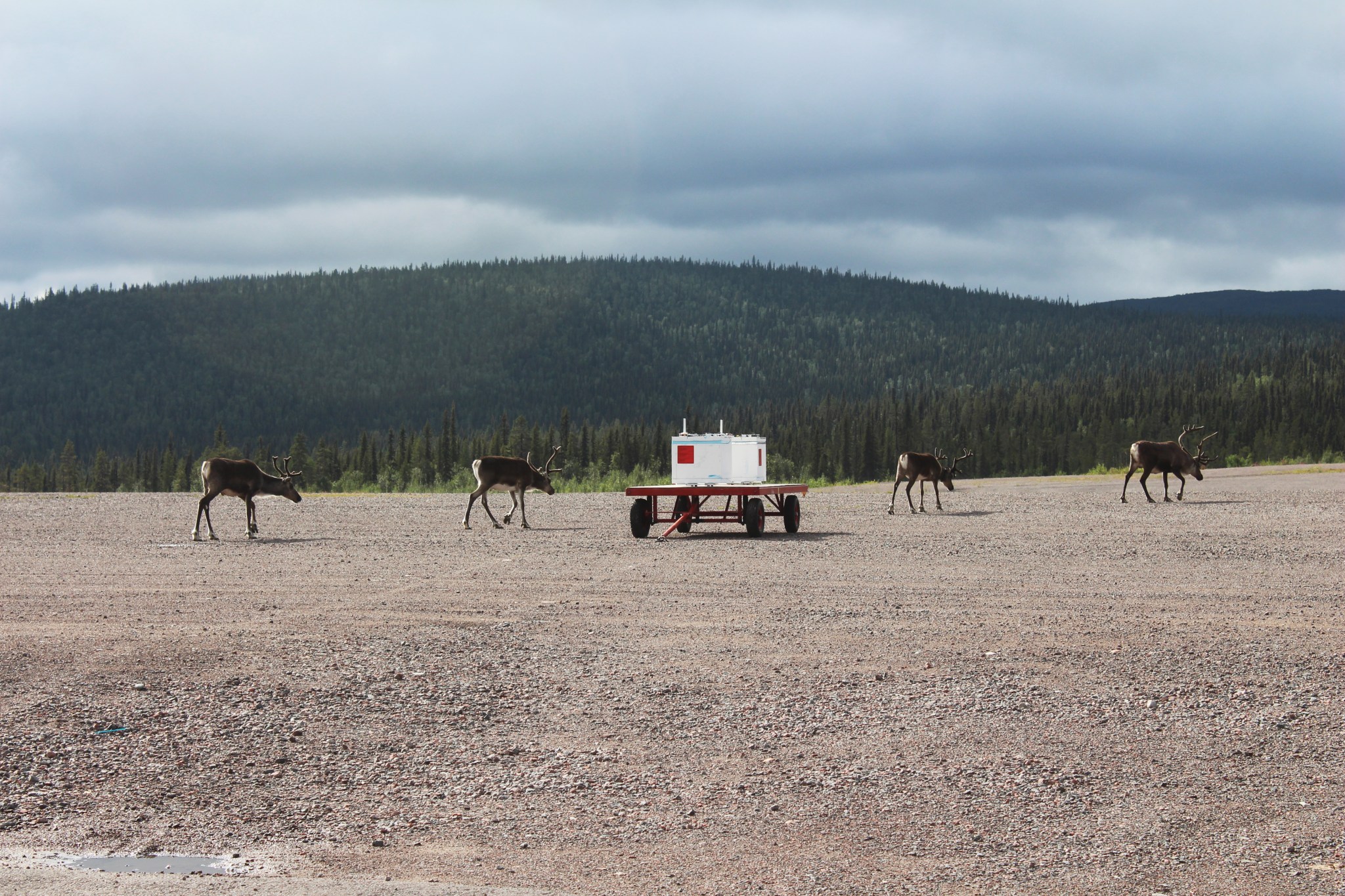In this image from August 2016, four reindeer walk past the Balloon Array for Radiation-belt Relativistic Electron Losses, or BARREL, payload on the launch pad at Esrange Space Center near Kiruna, Sweden. BARREL primarily measured X-rays in Earth’s atmosphere near the North and South Poles. These X-rays are caused by electrons that rain down, or precipitate, into the atmosphere from the giant swaths of radiation that surround Earth, called the Van Allen Belts. Understanding this radiation and its interaction with Earth’s atmosphere helps us to learn about planetary radiation belts, and to better protect satellites that orbit Earth.
The primary BARREL mission ended when scientists sent their last balloon over Sweden on Aug. 30, 2016. Recovered BARREL payloads were launched as targets of opportunities on three additional flights. In addition to X-ray instruments, several of the BARREL balloons also carried instruments built by undergraduate students to measure the total electron content of Earth’s ionosphere, as well as the low-frequency electromagnetic waves that help to scatter electrons into Earth’s atmosphere.
See more photos from the BARREL mission.
Image Credit: NASA/University of Houston/Samar Mathur
























